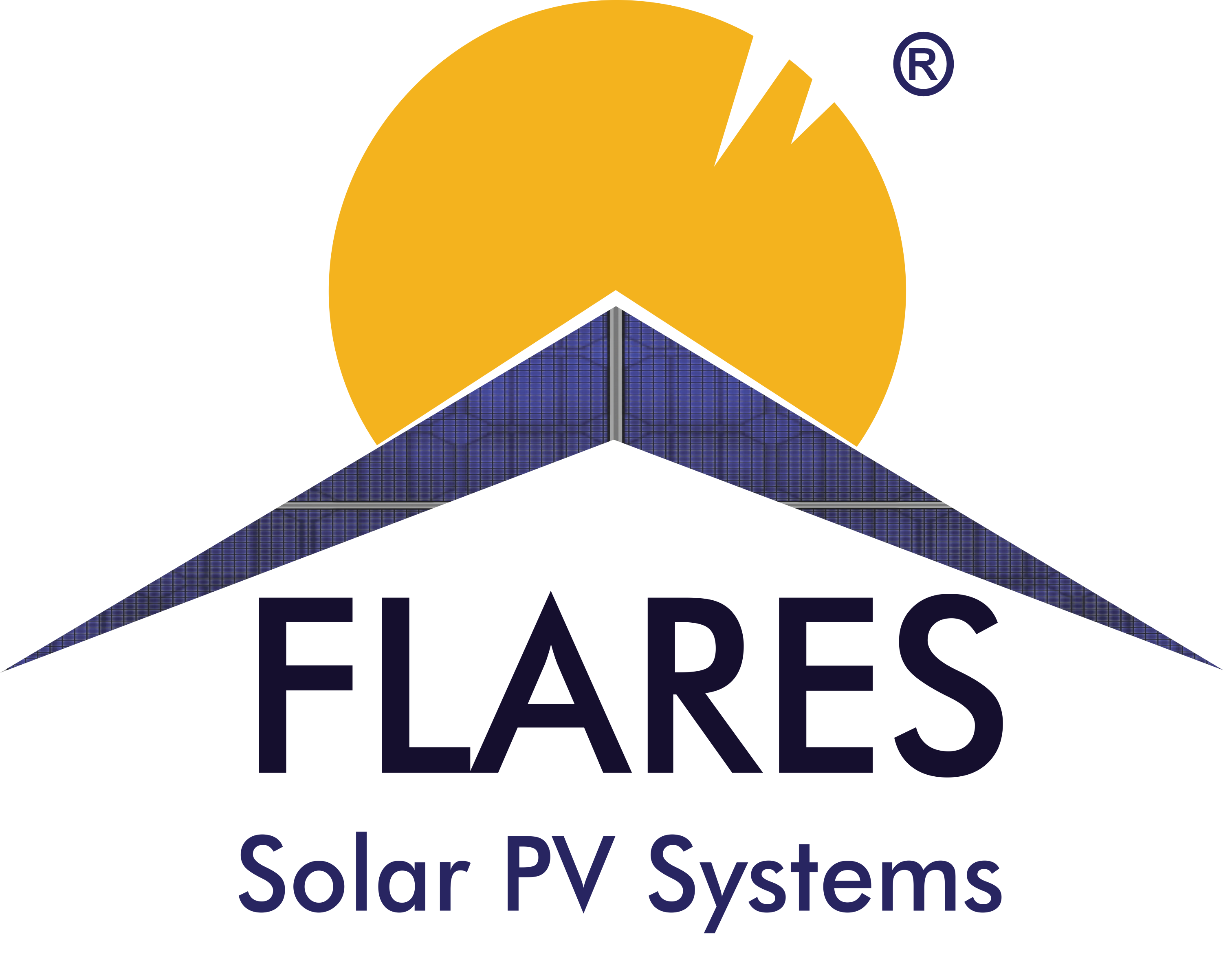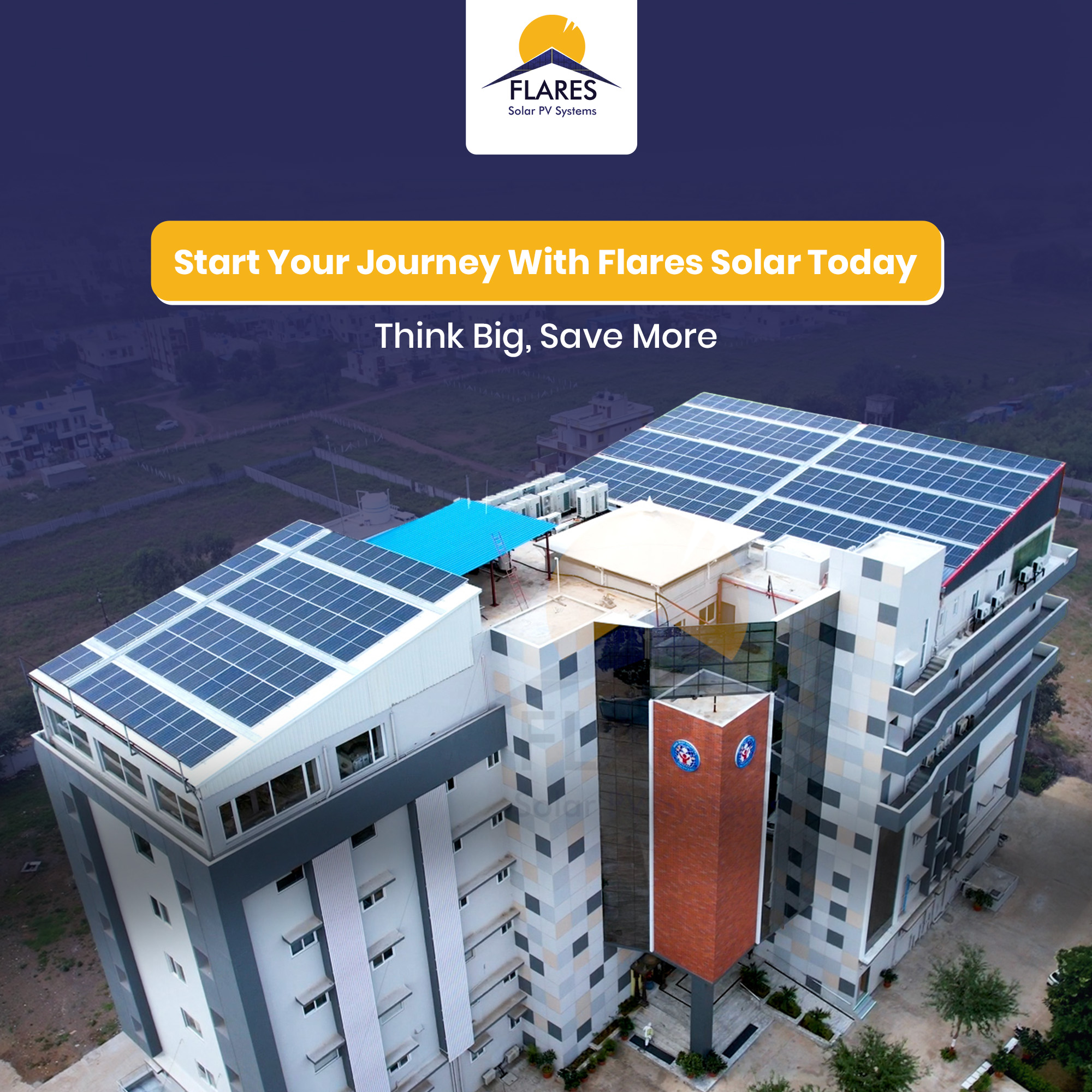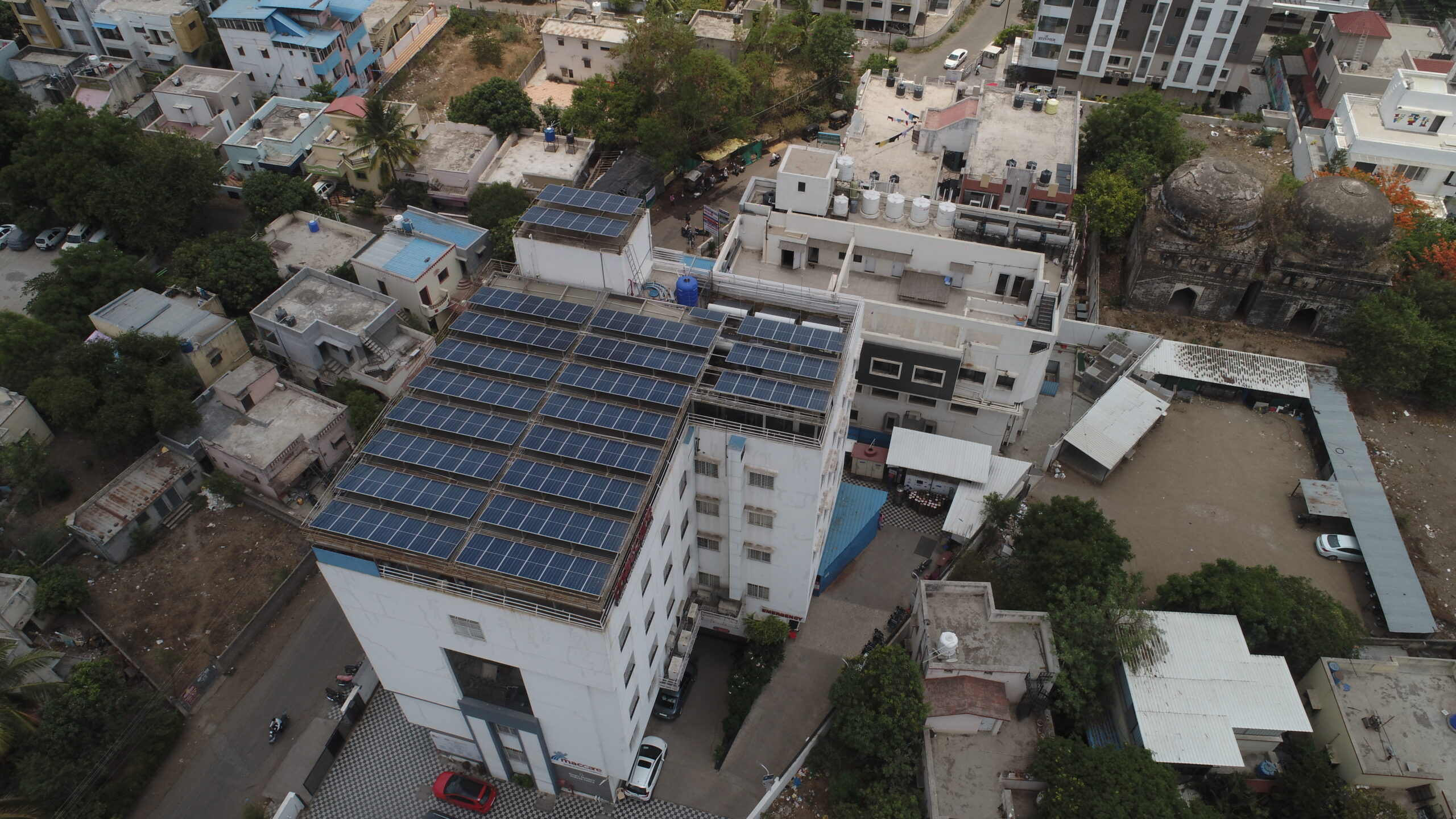
Mac Care Hospital
A 50 kW rooftop solar installation at Mac Care Hospital, designed to cut electricity costs and support clean, reliable energy for healthcare services.
Project Goals
The main goal was to help Mac Care Hospital transition to renewable energy, reduce electricity expenses, and support continuous healthcare operations with a reliable, eco-friendly power source. The hospital also aimed to reduce its carbon footprint and demonstrate leadership in sustainability within the medical sector.
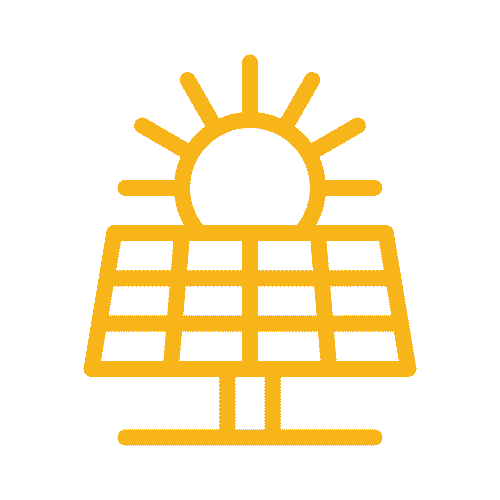
Project Capacity
50 kW

Electricity Produced Annually (kWh)
69,600 kWh

Offsetting
69.6 Tonnes

Savings Annually in Rs.
10,44,000 Rs
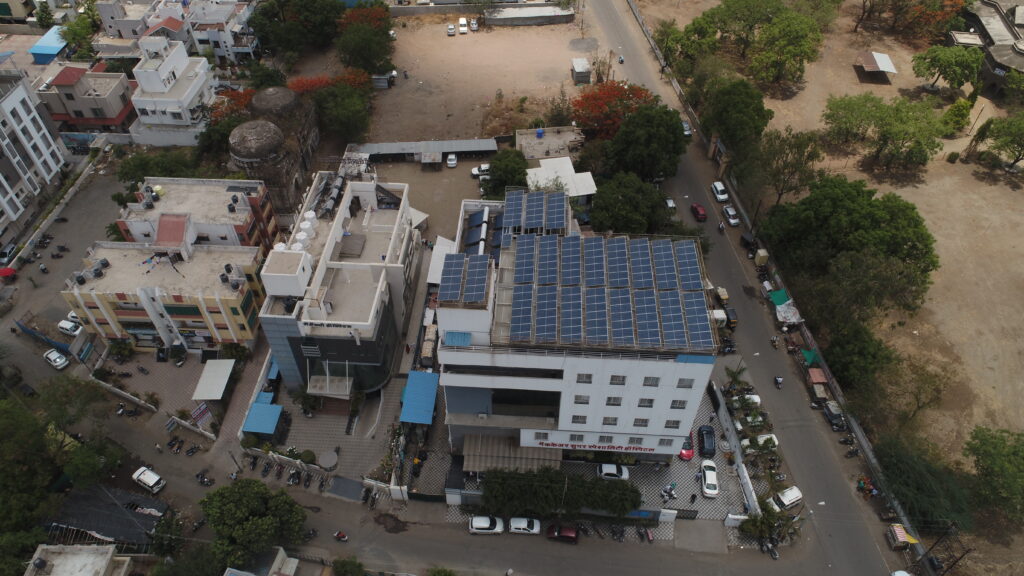
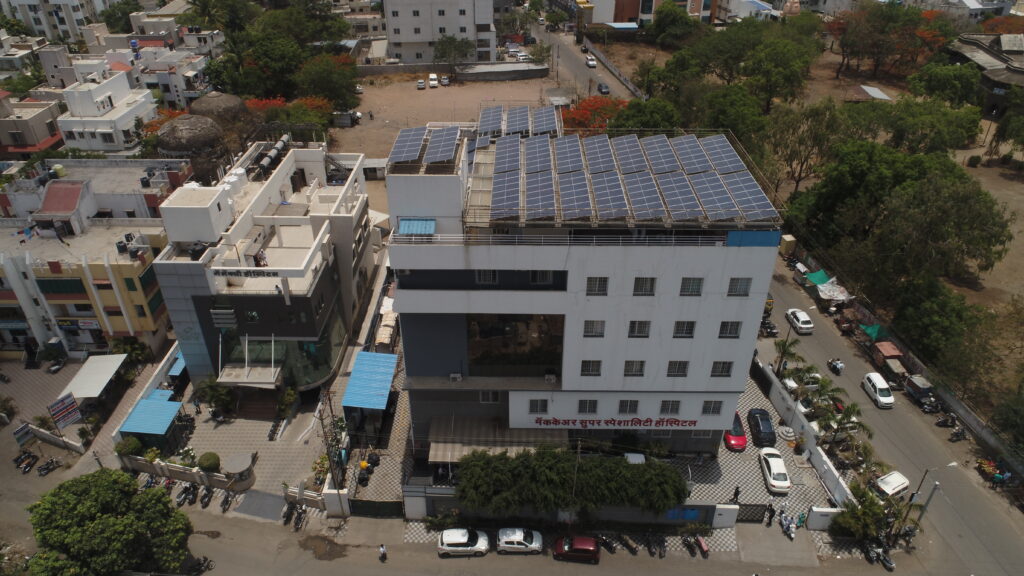
Challenge
• Sensitive Operational Environment: Ongoing hospital operations made it critical to avoid disruption or risk to sensitive medical equipment during installation.
• Rooftop Equipment Constraints: The rooftop layout included several HVAC units and water systems, limiting usable space for panel installation.
• Optimized Daylight Utilization: Achieving optimum energy generation throughout the day in a partly shaded urban area required technical precision.
• Rooftop Equipment Constraints: The rooftop layout included several HVAC units and water systems, limiting usable space for panel installation.
• Optimized Daylight Utilization: Achieving optimum energy generation throughout the day in a partly shaded urban area required technical precision.
Solution
• Safe, Non-Peak Execution: Installation was carefully scheduled and executed during non-peak hours with strict adherence to safety and hospital operational protocols.
• Obstruction-Aware Mounting Design: A modular mounting system was designed to navigate around rooftop obstructions while maximizing solar panel placement.
• Enhanced Energy Capture: High-efficiency PV modules and MPPT-enabled inverters were used to enhance energy capture in varying sunlight conditions.
• Obstruction-Aware Mounting Design: A modular mounting system was designed to navigate around rooftop obstructions while maximizing solar panel placement.
• Enhanced Energy Capture: High-efficiency PV modules and MPPT-enabled inverters were used to enhance energy capture in varying sunlight conditions.
Challenge
• Sensitive Operational Environment: Ongoing hospital operations made it critical to avoid disruption or risk to sensitive medical equipment during installation.
• Rooftop Equipment Constraints: The rooftop layout included several HVAC units and water systems, limiting usable space for panel installation.
• Optimized Daylight Utilization: Achieving optimum energy generation throughout the day in a partly shaded urban area required technical precision.
• Rooftop Equipment Constraints: The rooftop layout included several HVAC units and water systems, limiting usable space for panel installation.
• Optimized Daylight Utilization: Achieving optimum energy generation throughout the day in a partly shaded urban area required technical precision.
Solution
• Safe, Non-Peak Execution: Installation was carefully scheduled and executed during non-peak hours with strict adherence to safety and hospital operational protocols.
• Obstruction-Aware Mounting Design: A modular mounting system was designed to navigate around rooftop obstructions while maximizing solar panel placement.
• Enhanced Energy Capture: High-efficiency PV modules and MPPT-enabled inverters were used to enhance energy capture in varying sunlight conditions.
• Obstruction-Aware Mounting Design: A modular mounting system was designed to navigate around rooftop obstructions while maximizing solar panel placement.
• Enhanced Energy Capture: High-efficiency PV modules and MPPT-enabled inverters were used to enhance energy capture in varying sunlight conditions.
